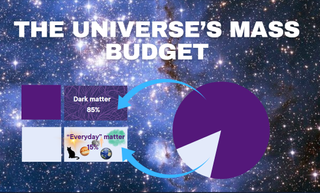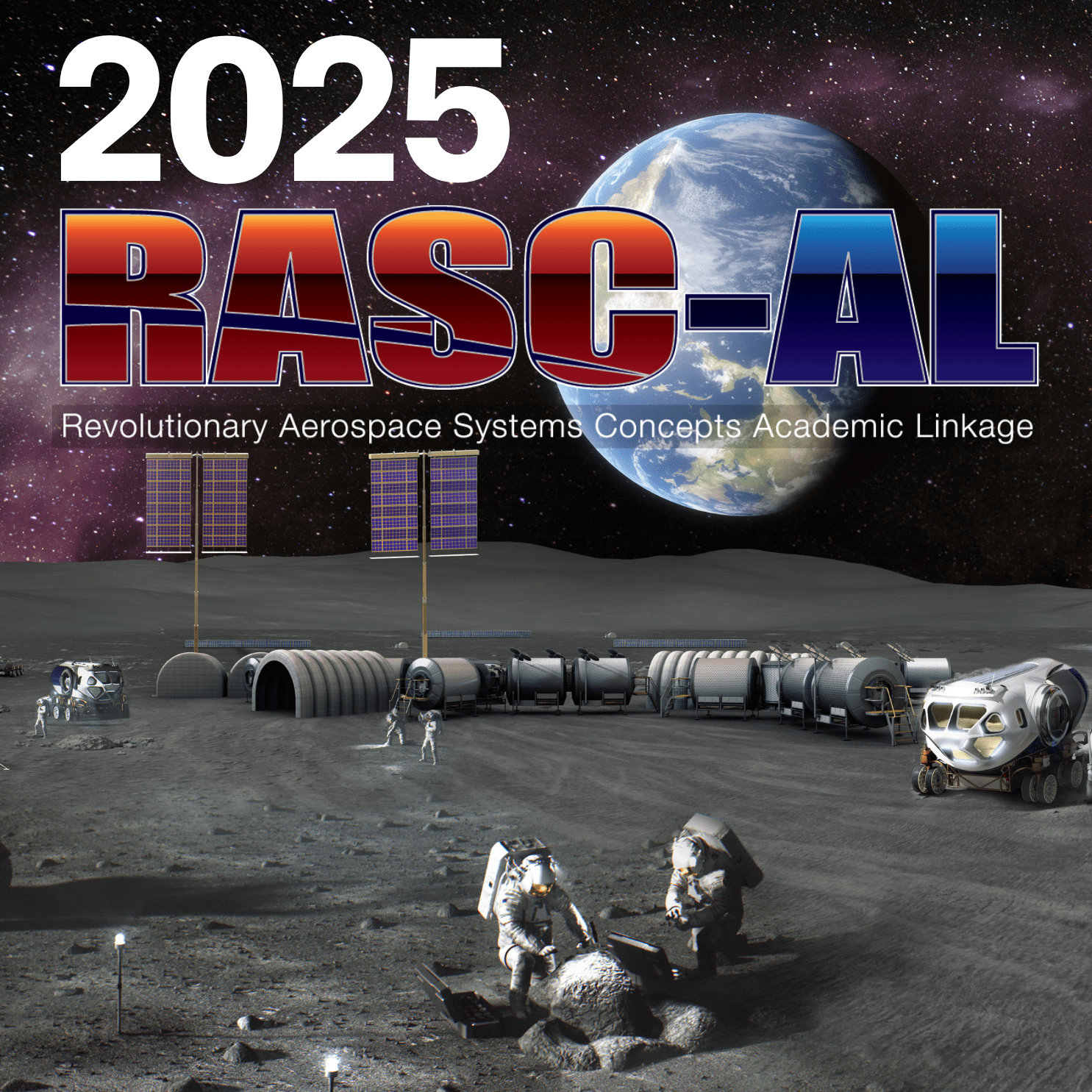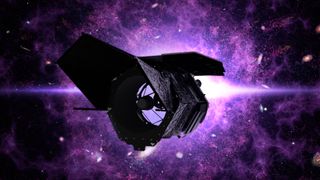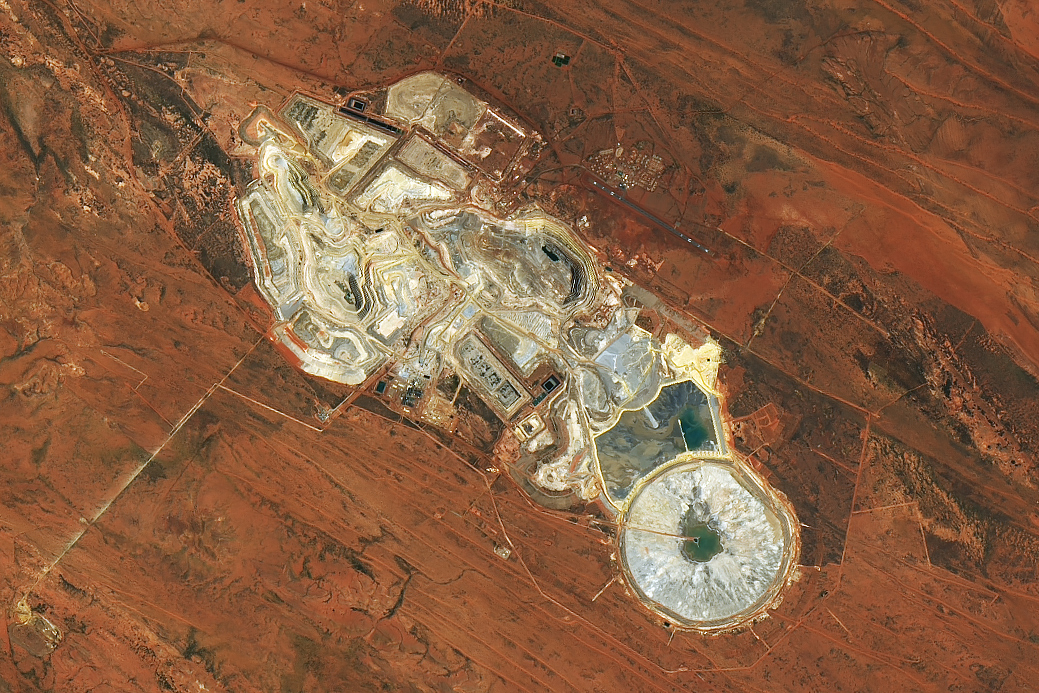Dark matter is notoriously antisocial, refusing to interact with light and “normal” matter, making it effectively invisible. But what scientists aren’t sure about is if dark matter interacts with itself. If whatever particles make up dark matter do self-interact by colliding, and possibly even annihilating one another, new research suggests that clusters of galaxies could be used as natural dark matter colliders. This dark matter detection method would hinge on two of these vast groupings of galaxies meeting and smashing into each other. As these galaxy clusters are packed with…
Read MoreMonth: August 2024
Exploring Deep Space: NASA Announces 2025 RASC-AL Competition
3 min read Preparations for Next Moonwalk Simulations Underway (and Underwater) NASA has officially announced the 2025 Revolutionary Aerospace Systems Concepts – Academic Linkage (RASC-AL) competition. Credit: National Institute of Aerospace NASA has officially announced the 2025 Revolutionary Aerospace Systems Concepts – Academic Linkage (RASC-AL) competition, an initiative to fuel innovation for aerospace systems concepts, analogs, and technology prototyping through university engagement. RASC-AL, one of NASA’s longest-running student competitions, solicits concepts from the next generation of engineers and scientists to explore the future of deep space exploration. RASC-AL is seeking…
Read More‘Cosmic dawn:’ NASA’s Roman Space Telescope will get baby pictures of our universe
When it opens its eye to the cosmos, NASA‘s next big off-Earth observatory, the Nancy Grace Roman Space Telescope, will peer back to a distant period in the universe’s history called “cosmic dawn.” Though Roman’s predecessor telescopes, the Hubble Space Telescope and the James Webb Space Telescope (JWST), take full advantage of the fact that the cosmos is now transparent to light, the universe wasn’t always this way. Up to around 400,000 years after the Big Bang, the cosmos was opaque, full of an obscuring “fog” of particles absorbing photons,…
Read MoreTelfer Mine, Western Australia
NASA/Michala Garrison, USGS Landsat 9’s Operational Land Imager-2 captured this image of the open pits and ponds of Telfer Mine and the surrounding rust-colored soil on Dec. 15, 2023. The soils have a reddish tint from the iron oxides that have accumulated from millions of years of weathering. This part of Western Australia is known for being rich in natural resources, including petroleum, iron ore, copper, and certain precious metals. Beneath the soils, veins of gold and silver run through sedimentary rocks, such as quartz sandstone and siltstone, that formed about 600 million years ago,…
Read More


